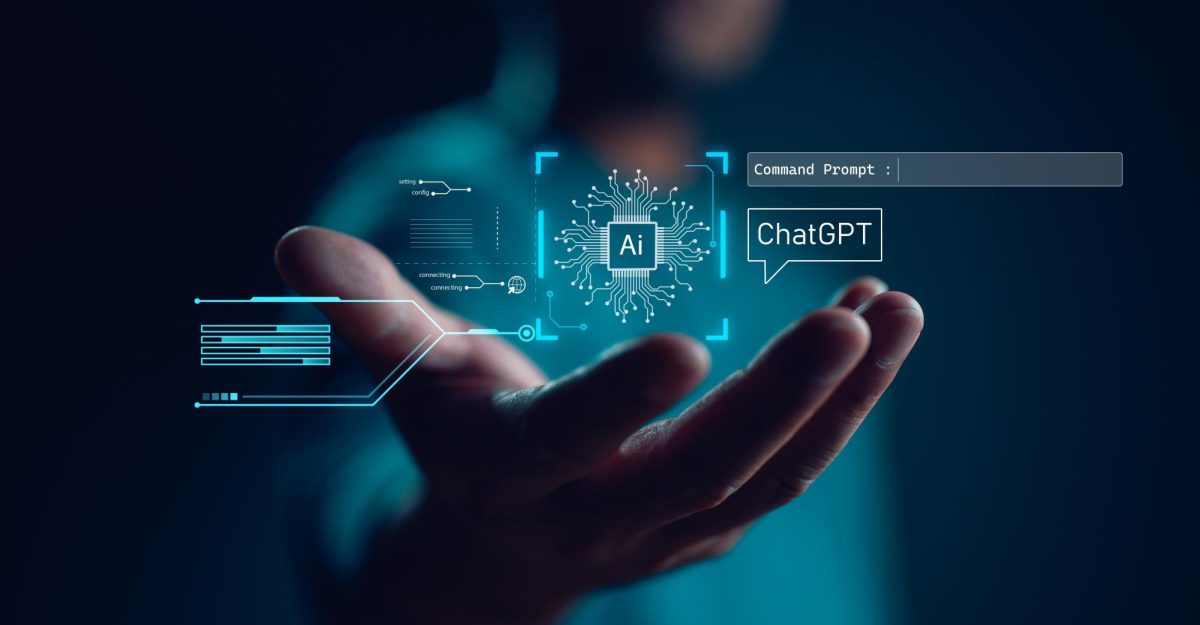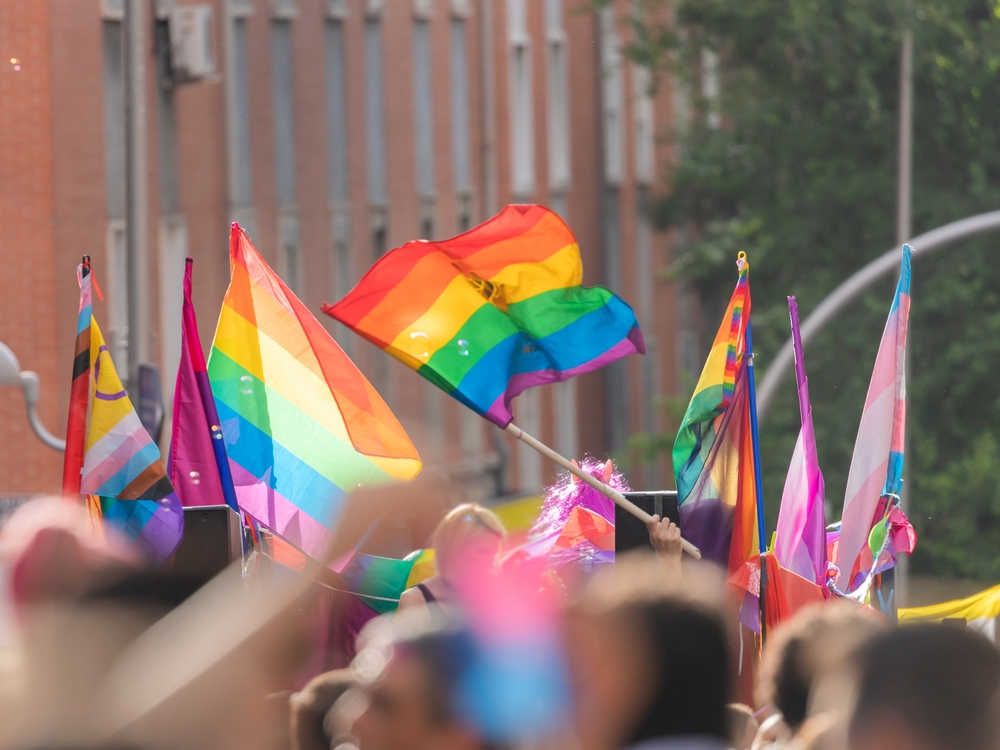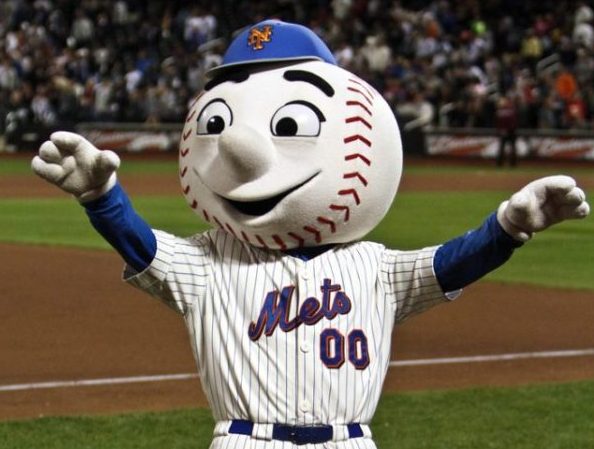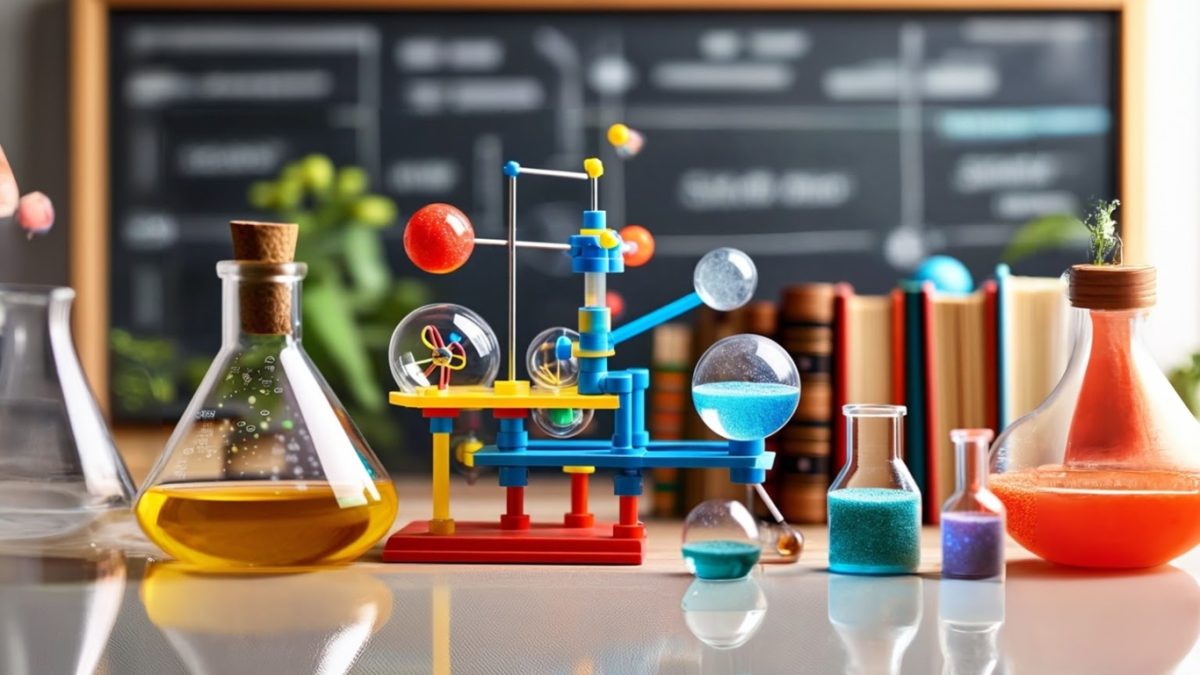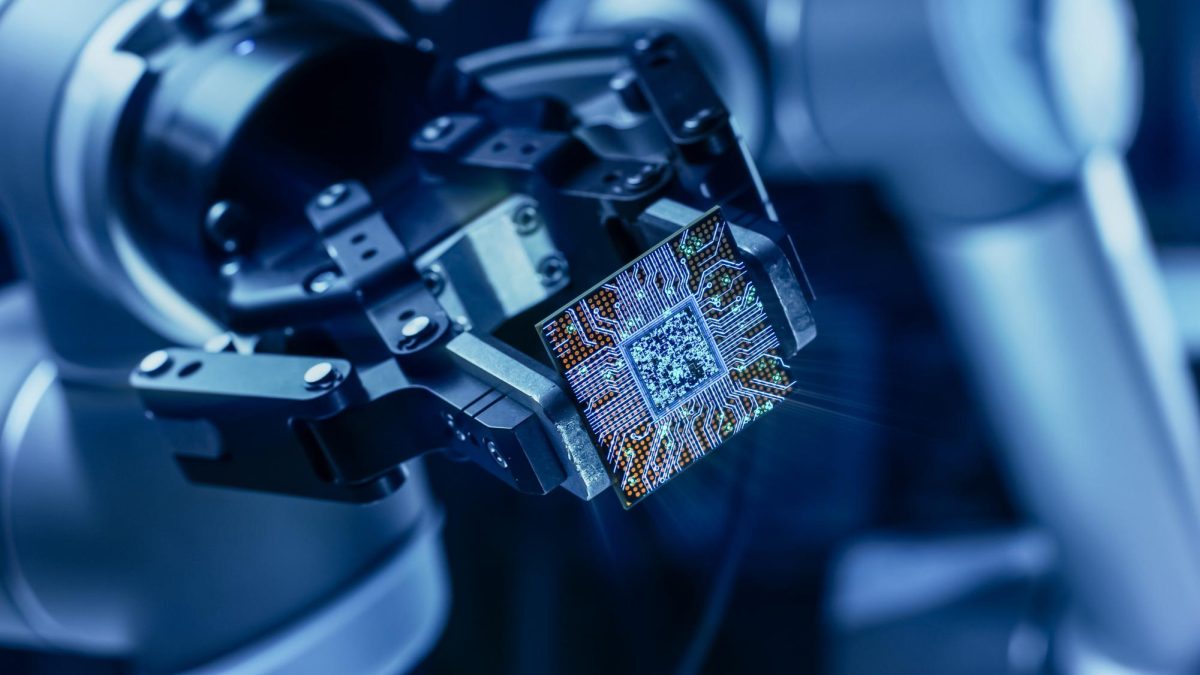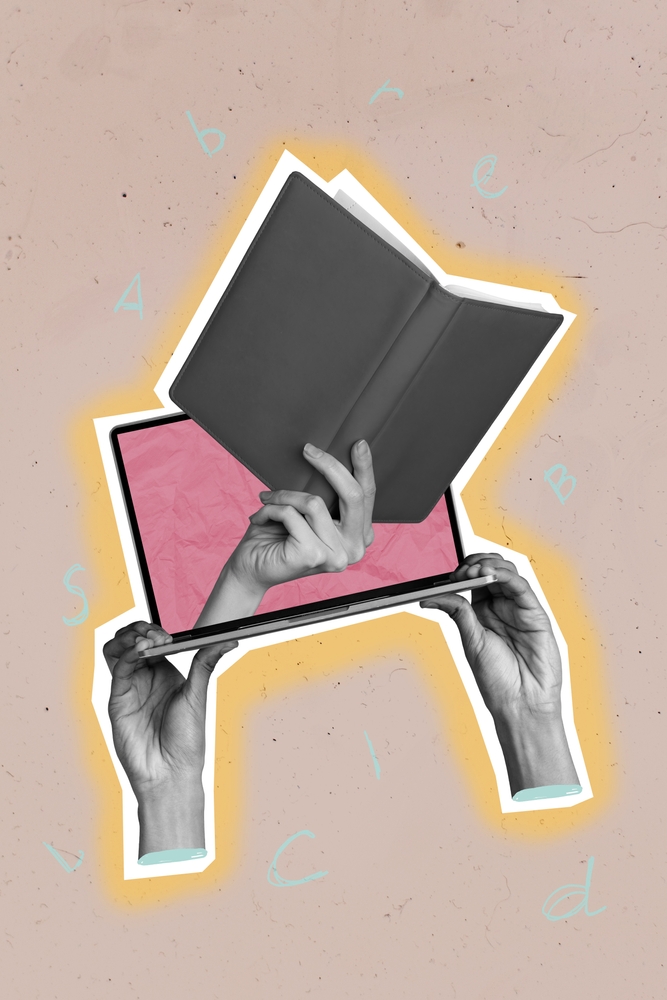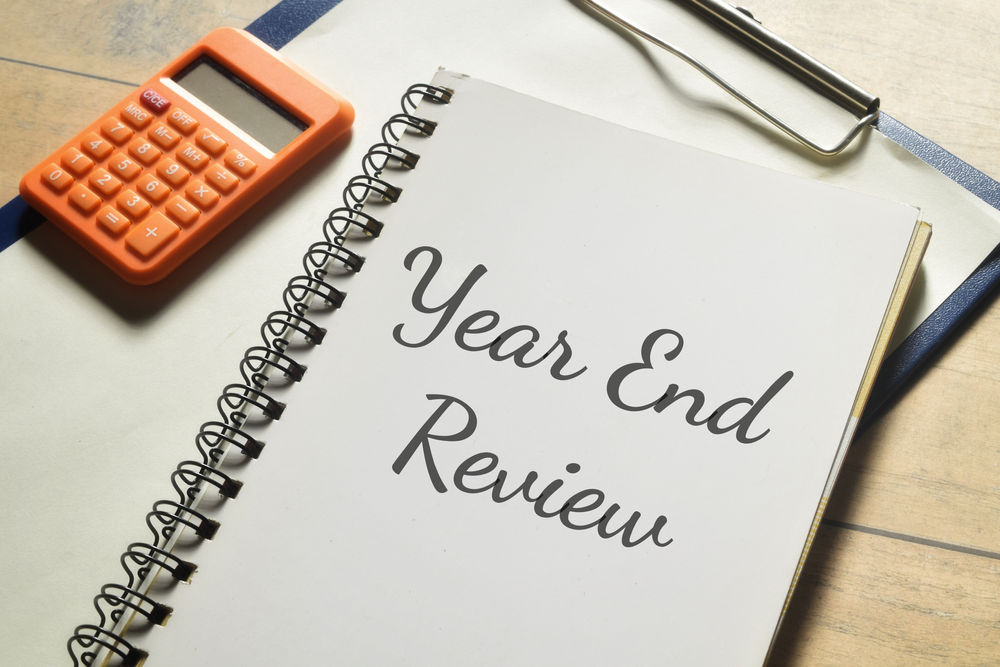Picture this: you’re a busy student who’s had a particularly stressful week. You’ve been bombarded with packets, study guides, and note sheets alike to fill out. Simply put, you don’t have enough time to do it all. So, with a heavy heart, you turn to Artificial Intelligence.
It’s so… oddly perfect. It can get all your work done and then some, it can take away your feelings of stress, and it can give you exactly what you need to actually get some sleep. But you feel so guilty. Do you have to, though? Is AI really a demon in disguise? Some MHS teachers don’t necessarily think so, and the general public seems to echo their viewpoint.
There’s no other way to say it, AI’s presence in classrooms has grown rapidly. While but a few years ago it was nothing more than an idea, students now use it for a variety of assignments, from writing essays to solving math problems.
But AI hasn’t only fallen into the hands of students, as teachers across the country too have begun experimenting with AI-generated lesson plans. Yet this shift has also raised difficult questions about where to draw the line between using AI as a helpful tool and depending on it in ways that hurt learning. MHS teacher Nicholas Stambuli in particular sees AI’s influence from both sides. “AI makes my job increasingly impossible,” he said.
With well over 140 students, he now spends a significant amount of time trying to detect AI-generated work, a task that is far more difficult than catching traditional plagiarism.
“With classic plagiarism, you get a direct match,” Stambuli said. “But AI requires me to check each student submission through several websites. Even then, it’s never 100% proof.”
Because of this burden, Stambuli has had to reduce the number of writing assignments he assigns. “I just can’t give the same level of instruction and rigor that I used to,” he said. This is one of the biggest drawbacks of AI for teachers like Stambuli: While it can indeed enhance productivity in certain areas, it also creates a multitude of new challenges, particularly around academic integrity.
However, despite the struggles AI presents, Stambuli acknowledges its value as a resource. “AI is both a resource and a tool for cheating,” he said. While it’s not perfect and often produces factually incorrect information, Stambuli still appreciates its ability to quickly answer questions and simplify research.
“I use it all the time,” Stambuli said. “It’s like having a friend who knows lots of interesting stuff but sometimes mixes up the details. AI itself isn’t inherently harmful, but its misuse can lead to real problems.”
The challenge then lies in how AI is used. Stambuli draws a clear line when it comes to students using AI to generate work. “If I ask for their original work, and they submit AI-generated content, that’s cheating,” he stated firmly.
To combat this, he has shifted his teaching focus. Rather than emphasizing final products, he now places more importance on the process of writing. “If I force students to care about the actual learning, they can’t use AI as a shortcut, and they get a better education.”
A second MHS teacher, who asked to remain anonymous, also believes AI can be both a resource and a threat to learning, especially when students rely on it too heavily.
“We’re overusing [AI] when we don’t edit it at all or when we use it all the time instead of Google,” they explained. While these teachers could use AI to generate activities and lesson plans, they simply find the content severely lacking in quality. “AI could make my job easier, but I’m so dissatisfied by the quality of what I get. Reworking it takes almost as long as doing it myself.”
This dissatisfaction is a common theme. Teachers are finding that while AI can be useful, it often requires significant human oversight and revision. Stambuli also echoes this statement.
“I’ve used AI to create lesson plans, and it can be helpful for generating ideas,” Stambuli said. “But I rarely use AI-generated plans as they are. I have my own style of teaching and my own voice, and AI just doesn’t match who I am as a teacher.”
For younger students, AI poses particular challenges. “If given to younger kids, ChatGPT trivializes work,” the anonymous MHS teacher said. They worry that students will miss out on learning important skills if they rely too much on AI to complete assignments for them. For older students, AI can be more of a starting point. “For students who already know how to write and research, ChatGPT is a good starting point,” the teacher added, but stressed the importance of critical thinking.
Similar to many other schools across the country, policies regarding AI use are still evolving at MHS. Some schools have banned AI altogether, while others are trying to integrate it into the classroom responsibly. The key is focusing on the irreplaceable human element in education. “There are times in life when that human element is not replaceable,” Stambuli said. “Imagine if AI started writing eulogies or wedding vows. Those are moments when we need empathy, and AI can’t provide that.”
In the end, the debate over AI in education reflects broader societal tensions about technology’s ever-increasing role in our lives. Is AI a tool that can help us? Or does it instead risk diminishing the very things that make us human? For teachers like Stambuli, the answer lies somewhere in between.
“The more we use AI, the more important the human element becomes,” Stambuli said. As AI continues to evolve, educators, students, and society as a whole will need to navigate its potential with care, ensuring that technology enhances, rather than replaces, the creative and critical thinking that lies at the heart of learning.

